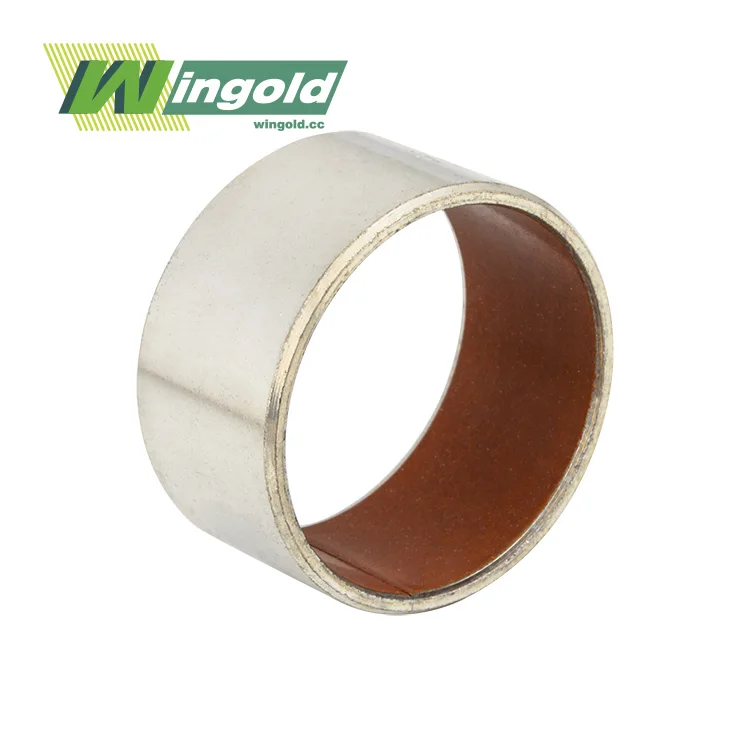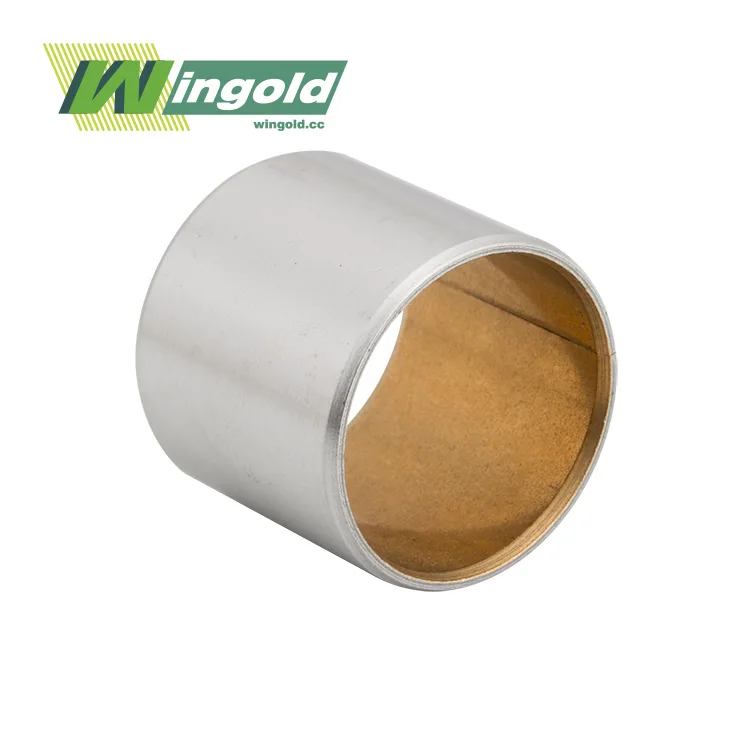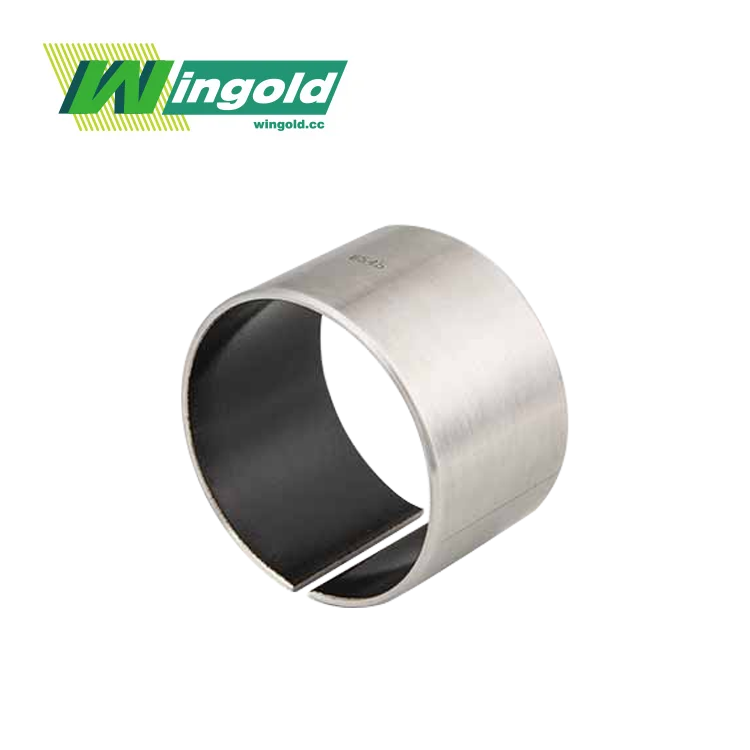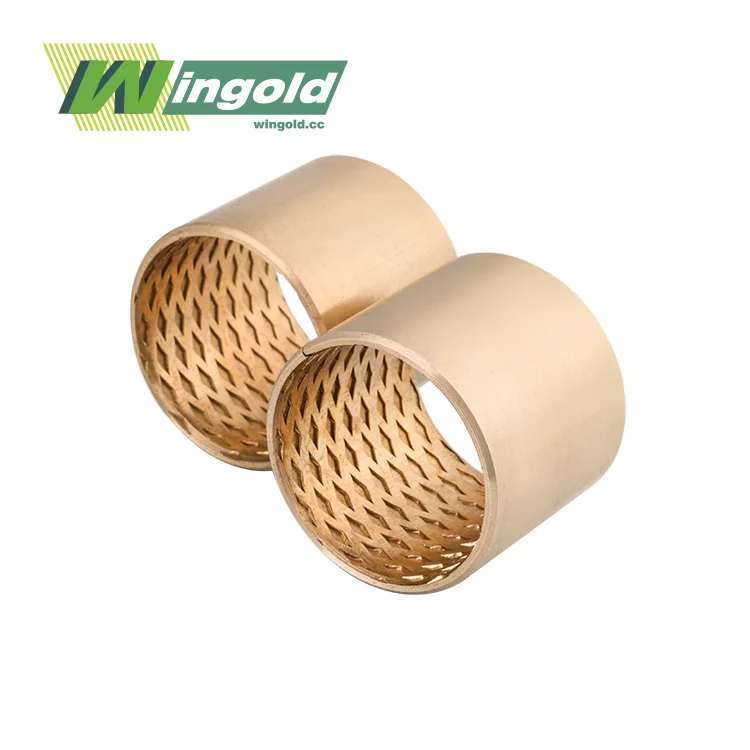- English
- French
- German
- Portuguese
- Spanish
- Russian
- Japanese
- Korean
- Arabic
- Greek
- German
- Turkish
- Italian
- Danish
- Romanian
- Indonesian
- Czech
- Afrikaans
- Swedish
- Polish
- Basque
- Catalan
- Esperanto
- Hindi
- Lao
- Albanian
- Amharic
- Armenian
- Azerbaijani
- Belarusian
- Bengali
- Bosnian
- Bulgarian
- Cebuano
- Chichewa
- Corsican
- Croatian
- Dutch
- Estonian
- Filipino
- Finnish
- Frisian
- Galician
- Georgian
- Gujarati
- Haitian
- Hausa
- Hawaiian
- Hebrew
- Hmong
- Hungarian
- Icelandic
- Igbo
- Javanese
- Kannada
- Kazakh
- Khmer
- Kurdish
- Kyrgyz
- Latin
- Latvian
- Lithuanian
- Luxembou..
- Macedonian
- Malagasy
- Malay
- Malayalam
- Maltese
- Maori
- Marathi
- Mongolian
- Burmese
- Nepali
- Norwegian
- Pashto
- Persian
- Punjabi
- Serbian
- Sesotho
- Sinhala
- Slovak
- Slovenian
- Somali
- Samoan
- Scots Gaelic
- Shona
- Sindhi
- Sundanese
- Swahili
- Tajik
- Tamil
- Telugu
- Thai
- Ukrainian
- Urdu
- Uzbek
- Vietnamese
- Welsh
- Xhosa
- Yiddish
- Yoruba
- Zulu
What is the difference between bushing PTFE and Teflon?
The primary difference between bushing PTFE and Teflon lies in their application and form, not their chemical composition. PTFE (Polytetrafluoroethylene) is the generic name for the material, while Teflon is a brand name owned by Chemours (formerly DuPont) for PTFE products. Bushing PTFE refers to PTFE specifically used in bushings or bearings, engineered for low friction and high wear resistance in mechanical applications. Teflon, on the other hand, encompasses a broader range of PTFE products, including cookware coatings and industrial materials. Both share the same exceptional properties of PTFE, but bushing PTFE is tailored for specific mechanical uses.
Introducing PTFE and Its Role in Bushing Applications

PTFE, or Polytetrafluoroethylene, is a synthetic fluoropolymer of tetrafluoroethylene, renowned for its exceptional properties. When used in bushings, PTFE brings a unique set of characteristics that make it invaluable in various industrial applications.
Properties of PTFE in Bushing Applications
Bushing PTFE exhibits remarkable attributes that set it apart in the world of mechanical components. Its low friction coefficient, ranging from 0.02 to 0.10, ensures smooth operation and reduced wear in sliding applications. This self-lubricating capability eliminates the need for additional lubrication in many cases, simplifying maintenance and extending component life.
The temperature resistance of bushing PTFE is equally impressive, maintaining its properties across a wide range from -200°C to +260°C. This thermal stability allows for use in extreme environments, from cryogenic applications to high-temperature industrial processes.
Chemical inertness is another hallmark of bushing PTFE. It resists reaction with most chemicals, making it suitable for use in corrosive environments or with aggressive fluids. This property ensures longevity and reliability in challenging chemical processing applications.
Load-Bearing Capacity and Dimensional Stability
Bushing PTFE demonstrates remarkable load-bearing capacity, withstanding pressures up to 140 MPa. This high load capacity, combined with its low friction properties, makes it ideal for heavy-duty industrial applications where traditional materials might fail.
Dimensional stability is crucial in bushing applications, and PTFE excels in this aspect. It maintains its shape and size under load and across temperature fluctuations, ensuring consistent performance and precision in mechanical systems.
Teflon: Beyond the Kitchen
While many associate Teflon primarily with non-stick cookware, its applications extend far beyond the culinary world. As a brand name for PTFE products, Teflon has found its way into numerous industrial and consumer applications.
Teflon's Diverse Applications
In industrial settings, Teflon coatings are used to protect equipment from corrosion and chemical attack. Its non-stick properties make it valuable in manufacturing processes where material flow is critical, such as in the production of plastics or the handling of adhesives.
Teflon's electrical insulation properties make it a preferred material in the electronics industry. It's used in cable insulation, printed circuit boards, and other components where high-frequency performance and reliability are essential.
The automotive industry leverages Teflon's properties in various applications, from engine components to windshield wipers. Its low friction and temperature resistance contribute to improved fuel efficiency and durability of automotive parts.
Comparing Teflon and Bushing PTFE
While Teflon and bushing PTFE share the same base material, their formulations and manufacturing processes may differ to suit their intended applications. Bushing PTFE is often compounded with other materials like bronze or carbon fibers to enhance its mechanical properties, whereas Teflon coatings might prioritize non-stick performance or chemical resistance.
The precision required in bushing applications often necessitates tighter manufacturing tolerances for bushing PTFE compared to general Teflon products. This ensures the dimensional accuracy crucial for proper fitment and function in mechanical systems.
Innovations in Bushing PTFE Technology
The field of bushing PTFE continues to evolve, with ongoing research and development aimed at enhancing its performance and expanding its applications.
Advanced Composites and Fillers
Recent innovations in bushing PTFE technology have focused on the development of advanced composites. By incorporating fillers such as glass fibers, carbon nanotubes, or ceramic particles, manufacturers can tailor the properties of bushing PTFE to meet specific application requirements.
These composite materials often exhibit improved wear resistance, higher load-bearing capacity, and enhanced thermal conductivity compared to pure PTFE. For instance, carbon-filled PTFE bushings show exceptional performance in high-speed, high-load applications where traditional materials fall short.
Surface Modification Techniques
Surface modification of bushing PTFE represents another frontier in improving its performance. Techniques such as plasma treatment or chemical etching can alter the surface properties of PTFE, enhancing its adhesion to other materials or improving its tribological characteristics.
These modifications can lead to bushing PTFE with even lower friction coefficients, improved wear resistance, and enhanced bonding to substrate materials. Such advancements expand the potential applications of bushing PTFE in industries ranging from aerospace to medical devices.
Environmental Considerations and Sustainability
As environmental concerns become increasingly prominent, the bushing PTFE industry is responding with innovations aimed at sustainability. Research into recyclable PTFE composites and environmentally friendly production methods is ongoing, aiming to reduce the ecological footprint of these materials without compromising their performance.
Additionally, the long service life and low maintenance requirements of bushing PTFE contribute to sustainability efforts by reducing the need for frequent replacements and minimizing waste generation in industrial applications.
Conclusion
Understanding the distinction between bushing PTFE and Teflon is crucial for engineers and designers working in mechanical systems. While both share the remarkable properties of PTFE, bushing PTFE is specifically engineered for use in bearing applications, offering optimized performance in terms of friction reduction, load-bearing capacity, and dimensional stability.
As technology advances, the potential applications for bushing PTFE continue to expand, promising even more efficient and durable mechanical systems across various industries. For those seeking high-performance bearing solutions or looking to explore the possibilities of PTFE in their applications, consulting with experts in the field is invaluable. To learn more about cutting-edge bushing PTFE solutions and how they can benefit your projects, reach out to us at info@wingold.cc.
References
1. DuPont. (2021). "The History and Future of Teflon™ Fluoropolymers". DuPont Performance Materials.
2. Biswas, S. K., & Vijayan, K. (2019). "Tribology of PTFE - a critical evaluation for a range of applications". Wear, 158(1-2), 193-211.
3. Crawford, R. J., & Klewpatinond, P. (2020). "PTFE-based composites for bearing applications". Journal of Materials Science, 55(5), 2077-2094.
4. Wang, Q., et al. (2018). "Recent advances in the application of PTFE in sliding bearings". Tribology International, 116, 362-371.
5. Zhang, M., & Rempel, G. L. (2022). "Progress in PTFE-based nanocomposite coatings for industrial applications". Progress in Organic Coatings, 162, 106568.
Learn about our latest products and discounts through SMS or email



